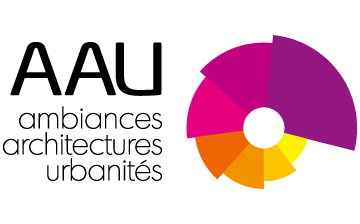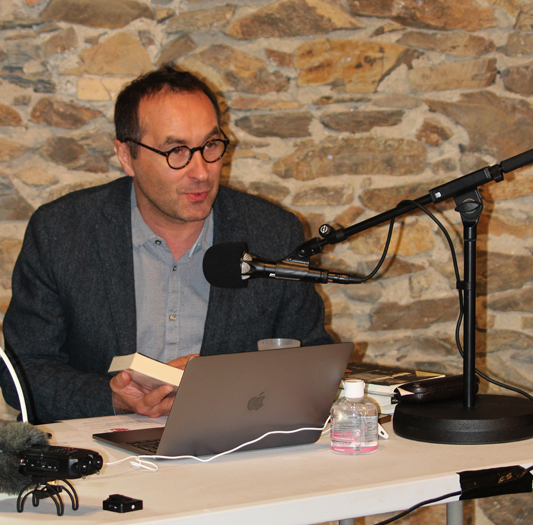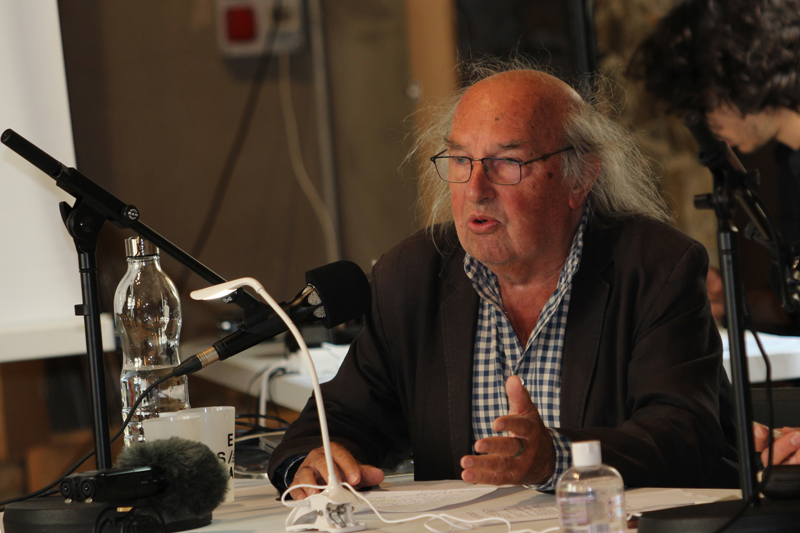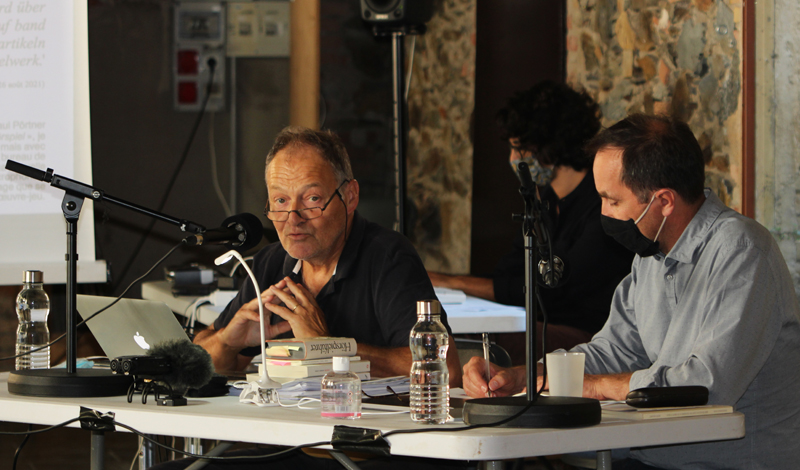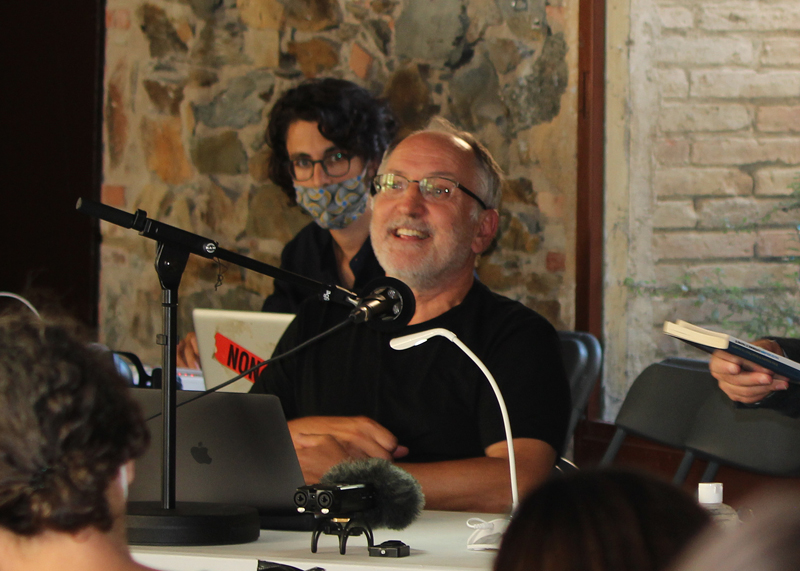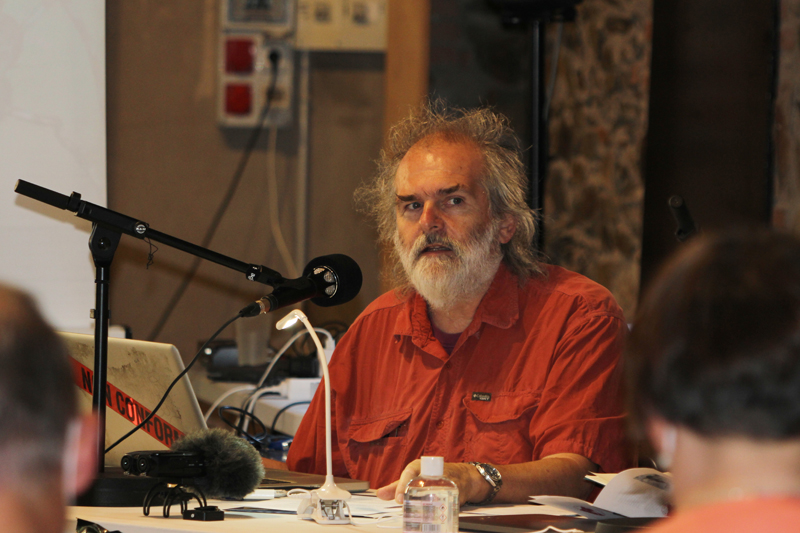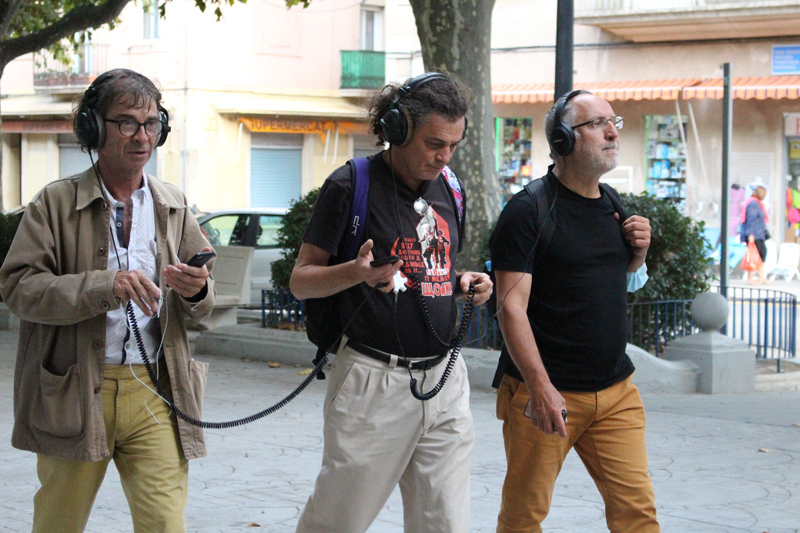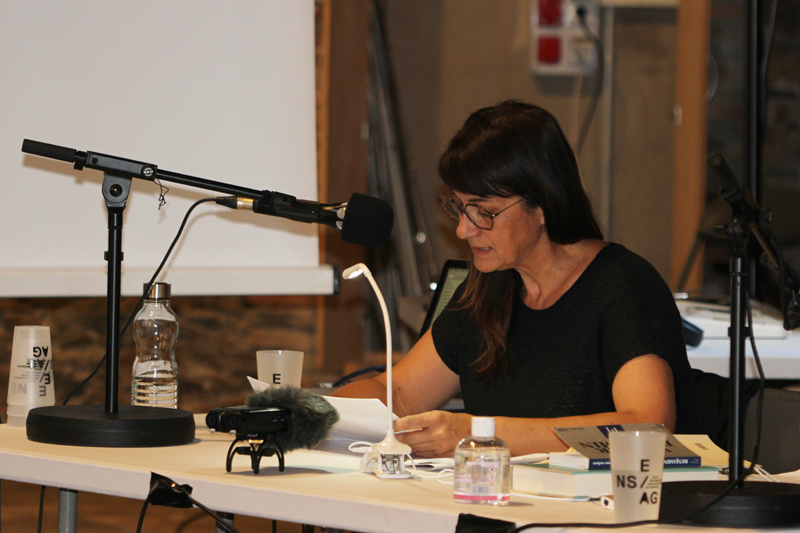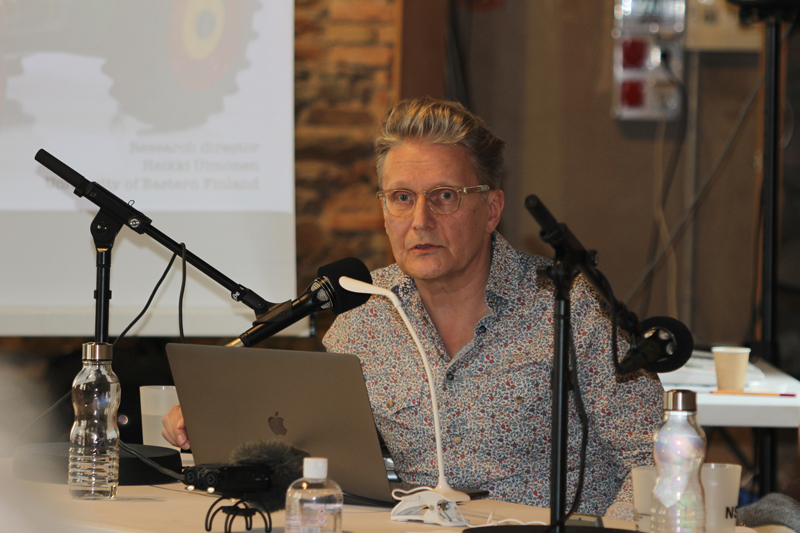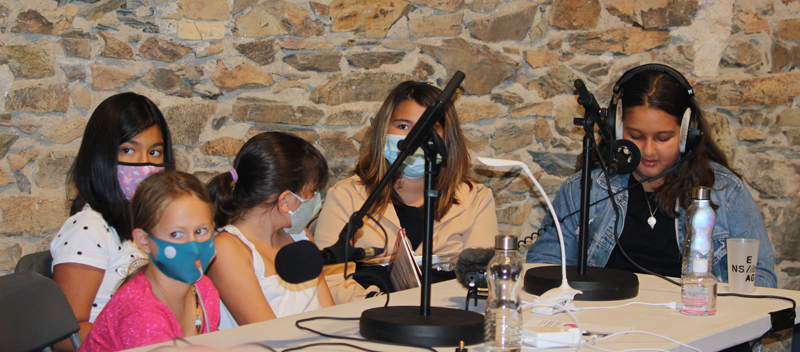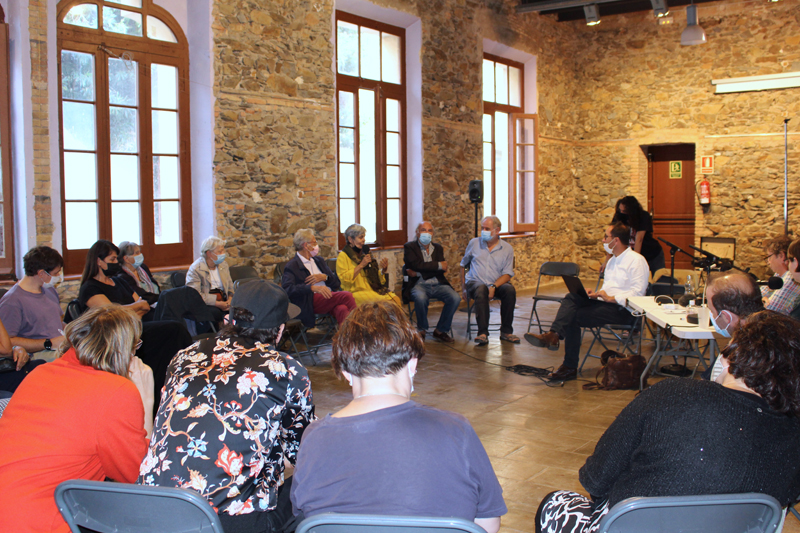Radio Benjamin
These are the recordings of the seminar Walter Benjamin, la radio et l’enfance Walter Benjamin, Radio and Childhoodheld in Portbou, Spain, September 29-30th, 2021,organized by B_AIR / AAU_CRESSON / ENSAGCes enregistrements sonores accompagnent la rechercheB-AIR – Art Infinity Radio – How does the world sound?
Some pictures
|
1 – IndexMardi 28 septembre 2021 Sound installation > Radio Wega an introduction walk through the installation on the seashore, while the participants to seminar meet up & have a drink at « Antonio’s »
Mercredi 29 septembre 2021 « A l’écoute » de Walter Benjamin
« Chers invisibles » / “Dear invisibles” #1
Walter Benjamin et la radio (diffusion) Excerpt from « Walter Benjamin, the collector of sparks », radio documentary by Philippe Baudouin broadcast on December 17, 2011 on France Culture, as part of the program « Une vie, une oeuvre ». (13min 35)
« Dressez l’oreille, vous risquez d’en avoir besoin ». Between 1929 and 1933, Walter Benjamin produced about ninety broadcasts, talks for children, Hörspiele, Hörmodelle, radio games, literary conferences. On a selection taken from Lumières pour enfants and three radio plays, I propose to examine the interest he takes in this new medium of radio, some of the subjects he deals with, and the main modalities consideration of the medium – as opposed to the classic lecture: questioning the audience, by appealing to common experiences, periodic reminder of the distance between the listener’s reality and the fiction offered to him, exploration of « the various ways in which the fictional narrative can step over its own thresholds” (Gérard Genette), research on sounds drawn from everyday life, and on the expressiveness of voices. The purpose is to awaken the critical conscience of the listener, and to question the traditional separation between producer and consumer of cultural goods.
Walter Benjamin et Portbou
Marche vers le mémorial W. Benjamin
Archéologie des « Hörspiele » en contexte allemand In my communication I propose a panorama of the technological, political, societal, ideological and aesthetic conditions of the emergence of a radiophonic art in the 1920s in Germany. Keywords: radio, Hörspiel, acoustic art, 1920s, Germany Mots clés: radio, Hörspiel, art acoustique, années 1920, Allemagne
En partant du narrateur : devenir des récits terrestres Attempt at a short tale based on Walter Benjamin and his reflections on the story. What if we now had the task of learning to speak the language of the Earth? Keywords: storyteller, sensitivity, ecology, life, Earth
Electronic media and listening commons in the early years of Radio Ljubljana
RadioWalk for Benjamin A treasure-hunt based format in a production inspired by Walter Benjamins writings. The collaboration of our team member and artistic director Pavlica Bajsic Brazzoduro and AAU_CRESSON / ENSAG project partner started at the winter school in Grenobleu where she presented her research and the Radiowalk, a new format created by merging of a soundwalk and a theatre performance. Due to COVID restrictions this participation and presentation were only possible because they took place online. But it also intensified the communication and collaboration between the project partners RadioTeatra and AAU_CRESSON / ENSAG. It resulted in September 2021 in Portbou, a small port on the border of France and Spain, where Pavlica Bajsic Brazzoduro presented an artistic production in memory of Walter Benjamin who died there running away from the Nazis. It is a radiowalk format dedicated to him and his writings for radio and for children. In its form, a radiowalk is based on the children’s treasure hunt and is therefore inspired by children and their responses and Benjamin´s writings for children are thematically very intriguing for this format.
Jeudi 30 septembre 2021 « Le Mississippi et l’inondation de 1927 » de Walter Benjamin
« Chers invisibles » / “Dear invisibles” #2
Navigating Borderscapes and Belonging.
Enfance et réalité à venir It is first a question of exposing several figures of childhood which coexist in the work of Walter Benjamin, by privileging some which are sometimes left aside, to consider an overall situation from which it becomes allowable to put in tension thought of the history, reality, policy of emancipation.
The end of an era (correspondence of Benjamin and Adorno) / Sound Walk “The end of an era” is an audio-walk composition based on the correspondence of Walter Benjamin with Gretel Karplus (later, Gretel Adorno) and Theodor Adorno, 1933-1940. The audio-walk is a geo-located composition based on the locative media platform Echoes.xyz. Excerpts from the extensive mail correspondence, together with fragments of their literary influences in spoken word, are composed in an itinerary that links together various milestones in Portbou, where Walter Benjamin’s legacy dwells vividly, as his last place of residence. 1-Presentation
2-SoundWalk in & Out Recorded through the ears of Cédric Pichat & mixed with a parallel recording of the surrounding city life. (31min 55)
Experimental Broadcasting and Transnational Evening of Sounds Finnish Broadcasting Company’s live programme called Äänien ilta (Evening of Sounds) with approximately 200 000 listeners consists of callers’ narratives on their personal experiences and memories on contemporary and historical sonic phenomena from urban, agricultural and natural settings. Sound requests are fulfilled with the help of public service radio sound archives and present-day soundscape recordings. The show is broadcast with the help of a show host and visiting scholars representing research of environmental sounds, sound art and/or sound design. This paper studies the cultural, social and aesthetic nature of the sound requests hypothesising them being parallel to those of music call-ins in sharing music and experiences related to them. This is enabled by the radio listeners’ soundscape competence, referring to the ability to interpret sounds of a given cultural background. Theoretically, the programme and the electro-acoustic community it is constructing, will be approached with the help of the concept of radiogenic content. The term is used to describe texts ideally suited to radio or the ones that utilize the distinctive qualities of radio and aesthetic use of sound. The paper is historically contextualised to Dziga Vertov’s and Paul Hindemith’s radiogenic experiments and reportages in the 1920s and further elaborated to construct B-Air-inspired programme European Evening of Sounds. Keywords: soundscape, radiogenic, media culture, public radio, call-in programmes, listening, memory, archives
Sound performance – Radio Wega
Contes radiophoniques
Round table / Table ronde
Lecture transversale et échanges finaux
2 – ParticipantsDidier Tallagrand est artiste et enseignant à l’école supérieure d’art Annecy Alpes. is an artist & teacher at Anncy high shool of arts Nicolas Tixier est architecte. Il est professeur HDR en théorie et projet à l’École Nationale Supérieure d’Architecture de Grenoble et enseigne aussi à l’école supérieure d’art Annecy Alpes. Il dirige le Cresson, équipe de recherche du laboratoire CNRS Ambiances, Architectures, Urbanités. is an architect, teacher at Grenoble high shool of architecture & at Anncy high shool of arts. Director of research laboratory Ambiances-Architectures-Urbanities: AAU-Cresson Anne Roche est professeure émérite en lettres modernes à l’Université d’Aix-Marseille. Elle a obtenu le prix Walter Benjamin en 2018 pour son ouvrage Exercices sur le tracé des ombres. Walter Benjamin, paru aux éditions chemin de ronde en 2010. is a professor emeritus in modern literature at the University of Aix-Marseille. She was awarded the Walter Benjamin Prize in 2018 for her book « Exercices sur le tracé des ombres. Walter Benjamin », published by chemin de ronde in 2010. Bruno Queysanne Bruno Queysanne, né à Casablanca en 1941, recruté en Septembre 1967 à la section architecture de l’Ecole des Beaux-Arts de Paris comme assistant de sociologie, après presque trois années de collaboration technique chez Bourdieu et Passeron. Militant de Mai 68, il participe intensément à l’avènement du nouvel enseignement de l’architecture. Pendant 36 ans à l’Ecole d’architecture de Grenoble il enseigne la sociologie puis l’histoire et la philosophie de l’architecture. A sa retraite d’enseignant en 2006, il continue son activité de recherche en coordonnant une étude pluridisciplinaire sur le Mémorial Walter Benjamin de Dani Karavan à Portbou. Ces dernières années, il est chercheur associé au laboratoire INAMA de l’Ecole d’Architecture de Marseille où il lance une recherche sur Casablanca et les échanges entre métropoles et colonies en matière d’aménagement des villes et des territoires. Lors de la rencontre sur « Walter Benjamin, la radio et l’enfance » il est chargé de présenter la présence de Benjamin à Portbou lors de sa mort tragique fin Septembre 1940, préservée par l’oeuvre de Dani Karavan installée autour du cimetière, mais également sa présence éventuelle, lors de ses voyages à Ibiza en 1932 et 1933 au cours des quels la gare de Portbou était une station obligée sur la ligne de chemin de fer Paris-Barcelone. is a sociologist. For 36 years at the Grenoble School of Architecture he taught sociology and then the history and philosophy of architecture. After his retiring in 2006, he continued his research activity by coordinating a multidisciplinary study on the Walter Benjamin Memorial by Dani Karavan in Portbou. During the meeting on « Walter Benjamin, the radio and childhood » he was in charge of presenting Benjamin’s presence in Portbou at the time of his tragic death at the end of September 1940, Hans Hartje Hans Hartje est maître de conférences en littérature générale et comparée à l’Université de Pau. Parmi ses sujets de prédilection figure depuis longtemps l’art sonore tel qu’il se pratique dans le cadre de la radiodiffusion allemande, où le mot « Hörspiel » a même été forgé exprès pour désigner un genre à proprement parler radiogénique. Une référence : HARTJE (H.), Georges Perec et le ‘Neues Hörspiel’ allemand, in I. Chol et C. Moncelet (ss la dir.), Ecritures radiophoniques, Université Blaise Pascal. Centre de recherches sur les Littératures Modernes et Contemporaines. Clermont-Ferrand, 1997, p. 73-86 is a teacher in general and comparative literature at the University of Pau. His favourite subjects include sound art as practised in German broadcasting, where the word ‘Hörspiel’ was even coined to designate a genre that is properly radiogenic. Jean-Paul Thibaud est directeur de recherche CNRS, UMR 1563 AAU-Cresson à Grenoble (France). Il dirige actuellement la recherche ANR SENSIBILIA. is a sociologist, director of research at laboratory Ambiances-Architectures-Urbanities: AAU-Cresson. Is current research « SENSIBILIA » focuses on Sensitive approaches to think about the transformations of living environments. Rajko Muršič is professor of ethnology/cultural anthropology at the University of Ljubljana, Faculty of Arts, Dept. of Ethnology and Cultural Anthropology. His research focuses on anthropology of popular music, theories of culture, epistemology, urban anthropology, methodology of anthropological research, sensory studies, etc. He participates as expert researcher in the ERC project Sensotra (Sensory Transformations and Transgenerational Environmental Relationships in Europe, 1950-2020) at the University of Eastern Finland (2016-2021), and B-Air (Art Infinity Radio – Creating Sound Art for Babies, Toddlers and Vulnerable Groups) led by the Radio Slovenia. Pavlica Bajsic Brazzoduro is an author, dramaturg and director who has been active in radio, theatre and film since 1995. She received MA in dramaturgy at the Academy of Dramatic Arts in Zagreb and in aesthetics at Paris 8. She lives in Zagreb and Berlin. Sonia Pérez est responsable de la coordination à l’école supérieure d’art Annecy Alpes. Helmi Järviluoma-Mäkelä is a Finnish sound, music, and cultural scholar and writer. She is a Professor of Cultural Studies at the University of Eastern Finland. As sensory and soundscape ethnographer, Järviluoma has developed the mobile method of sensobiographic walking. Her research and art spans the fields of sensory remembering, qualitative methodology (especially regarding gender), environmental cultural studies, sound art and fiction writing. Alexandre Costanzo Alexandre Costanzo vit à Paris et enseigne la philosophie à l’école supérieure d’art d’Annecy. Cofondateur de la revue Failles, il est auteur de divers essais concernant les logiques de l’émancipation. Dana Papachristou is a musicologist and artist that focuses on the combination of artistic genres with new media. She studied music (piano, clarinet, composition) in Elliniko Odeon, musicology in the University of Athens, and Music Culture and Communication in the department of Music Studies, delving into “the relation of music and painting within Modernism, through the correspondance of Shoenberg and Kandinsky”. She holds a PhD on the “Aesthetics of New Technological Media Arts in Deleuze’s and Guattari’s Anti-Oedipus and Milles Plateaux”. In the last few years she has participated in interdisciplinary research endeavours on contemporary music and its relation to other art genres, in various musical and geo-located projects, and has worked as a music teacher in primary education. She is a founding member of akoo.o group, with which she engages in the composition of soundwalks and audiowalks with the use of locative media. She is currently teaching in Thessaly University, in the dept. of Culture, Media and Creative Industries, while she is also a visiting scholar in Californian Institute of the Arts (CalArts). Yorgos Samantas is a social anthropologist specializing in sound, hearing and walking as cultural practices and as artistic media. He has conducted long-term ethnographic researches in Athens and in Andros island, and numerous minor ones in Manchester, UK, and in Greece focusing on youth subcultures, culture and the environment, migration, mental health, and art in the city. He has participated in conferences, exhibitions and festivals in Greece, UK, Scotland, Albania, Slovenia, Belgium, and Germany, both as a researcher-ethnographer and as an artist. He has been a member of transdisciplinary projects between art and social science (Fonés, akoo.o, learning from documenta, spaces of reflection) engaged on projects on sound, hearing and walking, and art out of the white cube. He has worked as a sound designer and editor for ethnographic films, theater and dance performances, a field-recordist, scientific editor for the radio, art mediator and educator, and a dj. He is currently a member of TWIXTlab, a project between anthropology, contemporary art the everyday life, and works on fields between visual and sound art, education and anthropology. Heikki Uimonen Heikki Uimonen (PhD) holds a post of research director at the University of Eastern Finland. He is an ethnomusicologist and a docent on acoustic communication and soundscape studies at the Universities of Tampere and Eastern Finland and part-time musician. Uimonen has published articles, a monograph and edited anthologies on music consumption, radio music, compact cassettes and changing sonic environments. His research interests include sonic construction of place, mediated music, social use of music, transforming soundscapes and how all these intertwine. Giuseppe Gavazza a étudié la composition, la direction, le piano, la musicologie et la musique électronique. Il a collaboré avec LIM-Milan, CSC-Padoue, Ircam-Paris et Experimental Studio SWF-Freiburg. Il est compositeur en résidence et PhD ACROE-ICA, Polytechnique de Grenoble, enseignant au Conservatoire de Cuneo et chercheur permanent au laboratoire AAU-Cresson à Grenoble. Il est organisateur de musique contemporaine, dans le domaine AST (Art, Science, Technologie) et du théâtre musical pour enfants. Ses compositions ont participé avec succès à des concours internationaux, sont publiées, enregistrées et diffusées internationalement. Au cours des résidences d’artistes, il a réalisé environ 150 projets collaboratifs. is a composer, teacher at the Conservatory of Cuneo and researcher at the AAU-Cresson laboratory. He is an organizer of contemporary music, in the field of AST (Art, Science, Technology) and musical theatre for children. His compositions have successfully participated in international competitions, are published, recorded and broadcast internationally. Children from Sant Jaume school: Lucía Pina Mora reads Què valent! de Lorenz Pauli lead by Ferrana Roldan Laguna, Directora Pascal Amphoux Chercheur indépendant développant desactivités de praticien et de consultant sur de nombreux projets architecturaux, urbains et/ou environnementaux (Bureau CONTREPOINT, Projets urbains, Lausanne). Expert auprès de diverses institutions suisses, françaises ou européennes et notamment membre du conseil scientifique « Passages » à l’Institut pour la Ville en Mouvement (VEDECOM, Paris). is an independent researcher developing activities as a practitioner and consultant on numerous architectural, urban and/or environmental projects. Author of numerous books and scientific publications on the sound and urban environment, and more specifically, on the relationship between project practice, landscape aesthetics and social science methods. Technical radio staff : Sébastien Depertat is is a doctoral student at the AAU-Cresson laboratory. His research focuses on listening and sensitive approaches to environments in the Anthropocene era. juL McOisans Cédric Pichat Ainsi au Cresson à Grenoble et au Crenau à Nantes, ma mission est d’accompagner les chercheurs dans leurs projets à travers la gestion des dispositifs expérimentaux et des capteurs associés, dans les campagnes de mesures des ambiances et des sensibilités, ainsi que dans les besoins en développements méthodologiques. is a research engineer at the AAU-Cresson laboratory. His mission is to support researchers in their projects through the management of experimental devices and associated sensors, in environmental and sensitivity measurement campaigns, and in methodological development needs.
|
|
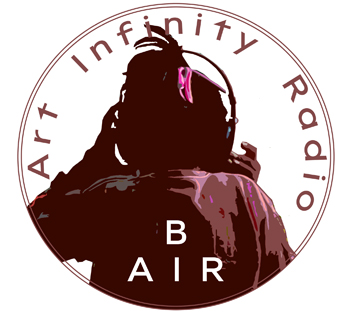 |
